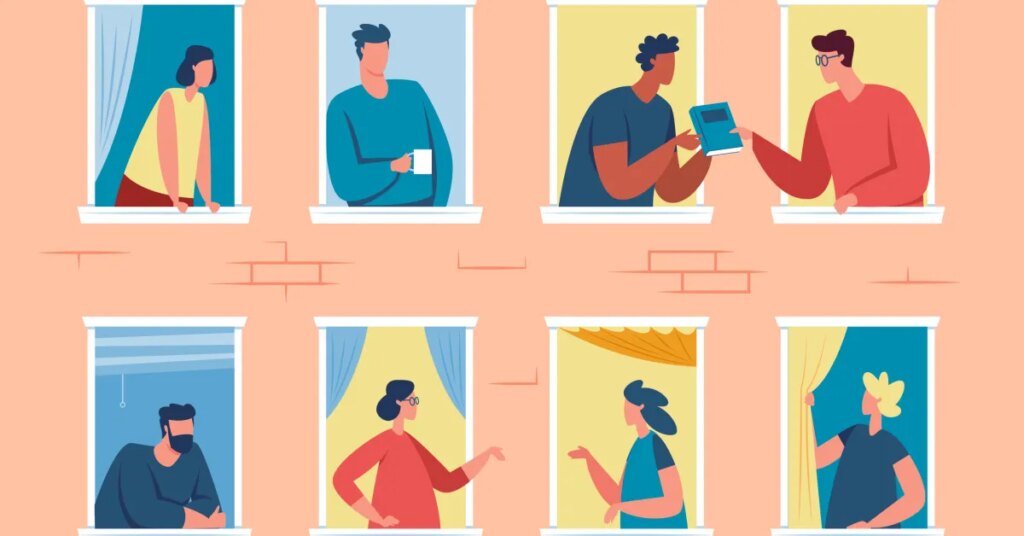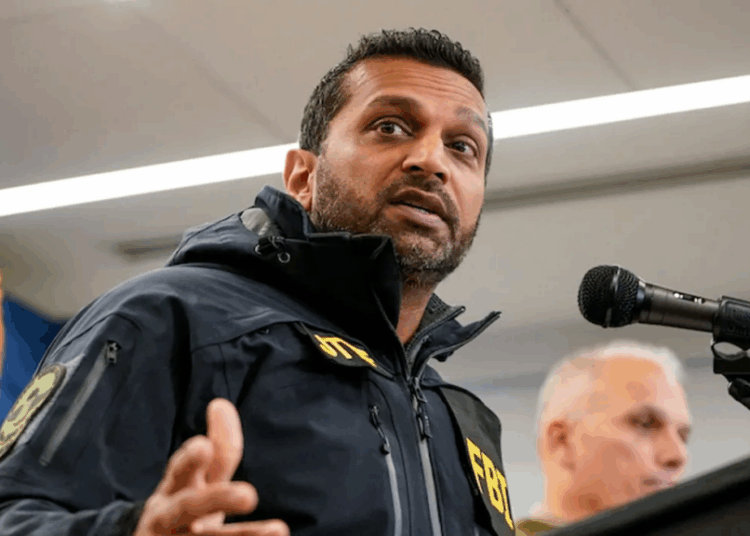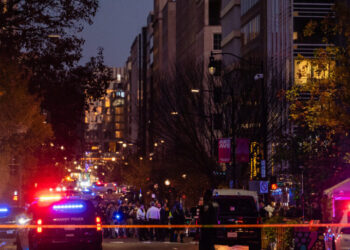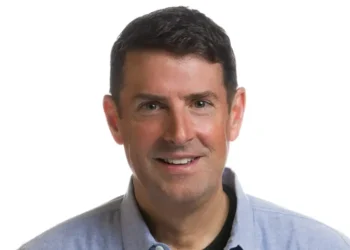Americans have forgotten how to be good neighbors. Political polarization has reached the point where people see those with opposing viewpoints not just as misguided, but as existential threats. We have cut off family members over voting choices and refuse to date across party lines. We increasingly inhabit separate online and media-dictated realities with different facts and different histories, making collective problem-solving nearly impossible.
[time-brightcove not-tgx=”true”]
But the fractures run even deeper than our politics. Half of Americans report “seldom” or “never” talking to someone in their community they do not know well. Fewer than half speak with a neighbor they do not know well even a few times per year. We are spending more time at home and less time in communal activities than any previous generation. As a result, in 2023, the U.S. Surgeon General declared loneliness a national health epidemic with consequences comparable to smoking 15 cigarettes a day.
While this reflects our modern reality, most Americans yearn for something different. Recent polling shows that while 28% of Americans find political differences stressful in relationships, majorities on both sides of the aisle want to move past this. In fact, 67% of Democrats and 83% of Republicans say personal relationships should come before politics.
The problem is not that we are unable to come together—or that we don’t want to. It is that we have forgotten how to do so. Critically, this includes showing up to the places where we might discover our shared humanity.
Engaging with our neighbors in these shared spaces—community centers, cultural institutions, libraries and other “civic commons” that once dotted every corner of America—needs to become a priority again. Something remarkable happens when we bump into each other in these settings. They create opportunities for people from vastly different backgrounds to encounter each other in ways that would be impossible online. In a ceramics studio, people who might never otherwise meet sit shoulder-to-shoulder, hands in the same clay, sharing conversation. In a salsa class, the rhythm belongs to everyone. And, for an hour, the only thing that matters is whether your partner can keep time; not whether they voted as you did. It is infinitely easier to hate a Facebook avatar than it is to hate your dance partner.
These encounters may sound utopian, but I see them happen every day at my own institution, New York’s 92nd Street Y, as I know they do in similar institutions all across America. In this way, I know them not only to be possible, but to occur with striking frequency. And when they do, when we encounter one another in these neutral spaces, we rediscover each other as human beings rather than ideologies.
This is why shared spaces are not just amenities. They are critical to addressing the existential threat posed by polarization. Without these spaces, we effectively cede relationships, with friends and strangers alike, to social media algorithms designed to amplify division rather than bridge it. As such, these shared spaces are more than just places for leisure—they are the overlooked infrastructure of civic resilience.
There is, though, another way.
With an eye towards building a better future and a far more perfect union, now is the time for Americans to commit to the work of civic repair. Now is the time for us to put down our screens. Now is the time for us to leave our homes. Now is the time for us to return once again to our civic commons—our community centers; our cultural institutions; our libraries; in short, the third spaces in which Americans can gather without labels that foster and strengthen our civic connective tissue.
And the best part about this prescription? It is all sugar and no medicine. It requires no more from each of us than picking a class that sounds interesting. Or attending a lecture on something about which we are curious. Or nurturing our bodies in a spin class or a yoga session. Or gathering with others for spiritual renewal.
Through these simple acts, we will build relationships—real relationships—with our neighbors. And, in the process, we will be doing our part to fix what ails our society: one encounter, one ceramics class, and one new salsa partner at a time.
The post Getting to Know Your Neighbors Can Save Democracy appeared first on TIME.




